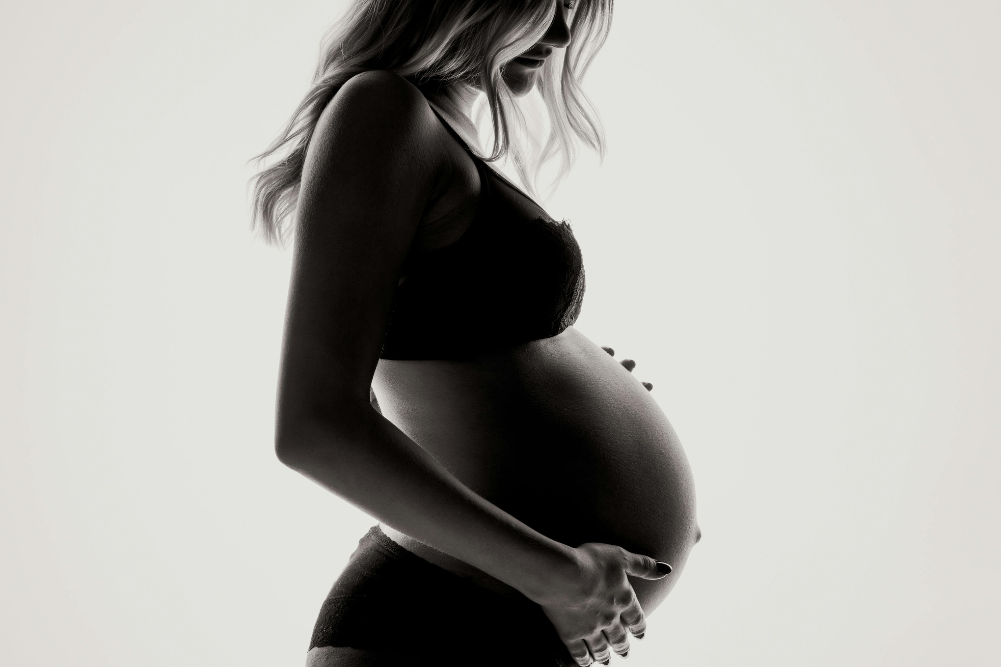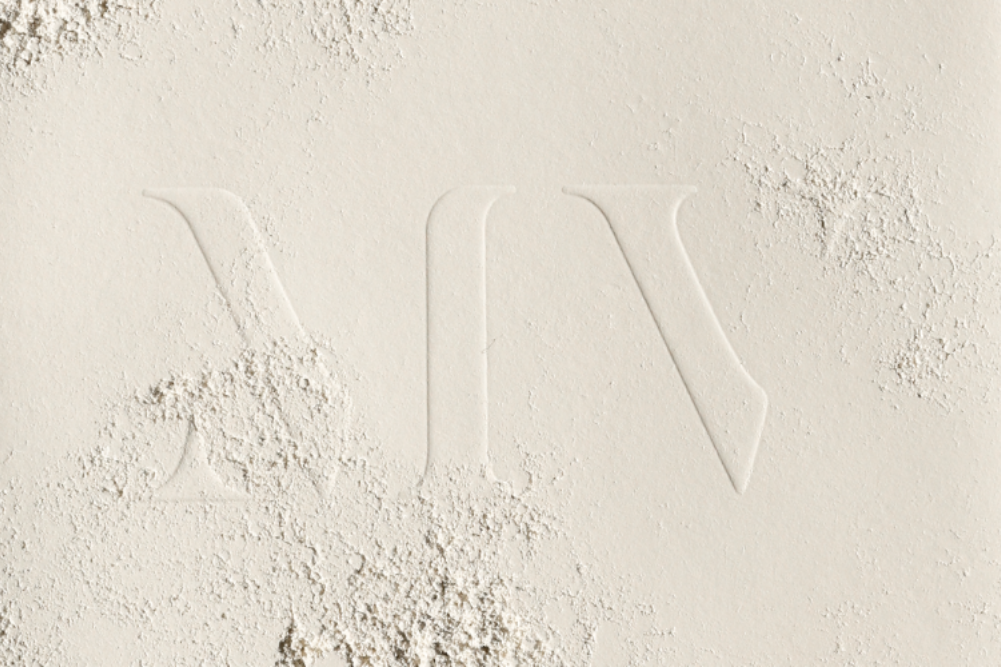Good hair is healthy hair
Hair can be intrinsic to our image, so ageing changes may diminish our confidence. It’s a shock when we find our first silver strand. A sure sign that ageing is underway is hair greying and thinning. Tresses undergo torture from chemicals, heat, friction and more over their typical seven-year life cycle. Everybody’s hair becomes finer, lighter and drier over time. Deficiencies, genetics, hormones, illness, lifestyle, pharmaceuticals and the products you use all play a part in hair colour, quality and thickness.
Hair goes through growing and falling phases as follicles sprout around 20 hairs in a lifetime. Through the three hair cycles — anagen (growth), catagen (regression) and telogen (rest and shedding) — it’s estimated that 10 per cent is in the telogen phase most of the time.
Women while in menopause or post-partum are particularly prone to hair loss as oestrogen and progesterone plummets. Men are susceptible to hair loss due to male hormones testosterone, androstenedione and dihydrotestosterone, with approximately two thirds of men suffering male pattern baldness by age 60.
Some people go grey very suddenly from shock or environmental influences. Apparently, Marie Antoinette’s hair turned grey overnight just before her beheading in 1791. Generally, greys gradually take grip when the pigment melanin reduces. Some trichologists theorise that oxidative stress depletes hair’s melanin, thus stripping the colour. Keratinocytes that build the hair shaft also become sparser over time so hair follicles get smaller and the growth cycle shortens. Scalps get drier as lipid production wanes, resulting in less shine, smoothness and softness. Dandruff or a flaky scalp can also increase due to dryness and UV damage.
Harmful hair habits
Hair endures years of washing, teasing, colouring, spraying, curling and straightening. Avoid the following to maintain your mane:
• Heat on hair and scalp from electrical devices, heating, sun, water or products
• Heating foods
• Using chemical products
• Stress
• Harsh brushing, especially when wet
• Wearing hair accessories that strain hair strands
• Not brushing hair
• An imbalanced diet
• Smoking
• Washing hair too frequently
• Chlorine swimming pools
• Taking medication that affects hair adversely
• Excess alcohol, dairy, gluten and dairy can aggravate scalp conditions such as dandruff and psoriasis
15 hair dos
Regular care can keep your locks happy for longer. Try these tips to preserve your lovely locks:
1 Address hormone imbalances
2 Apply a hydrating pack weekly
3 Avoid tangles by wearing hair in a plait or loose bun
4 Comb ends first followed by roots to ends
5 Brush when dry with bristle brush, or wide-tooth comb gently when wet
6 Do a hair and scalp cleansing treatment once a month
7 Get regular trims
8 Have a healthy, balanced diet
9 Keep the hairdryer on a medium heat and at least 15cm from your head
10 Massage scalp daily with or without oil
11 Reduce stress
12 Rinse with cool water
13 Use a shower head filter
14 Prefer natural products
15 Wear a hat in the sun








